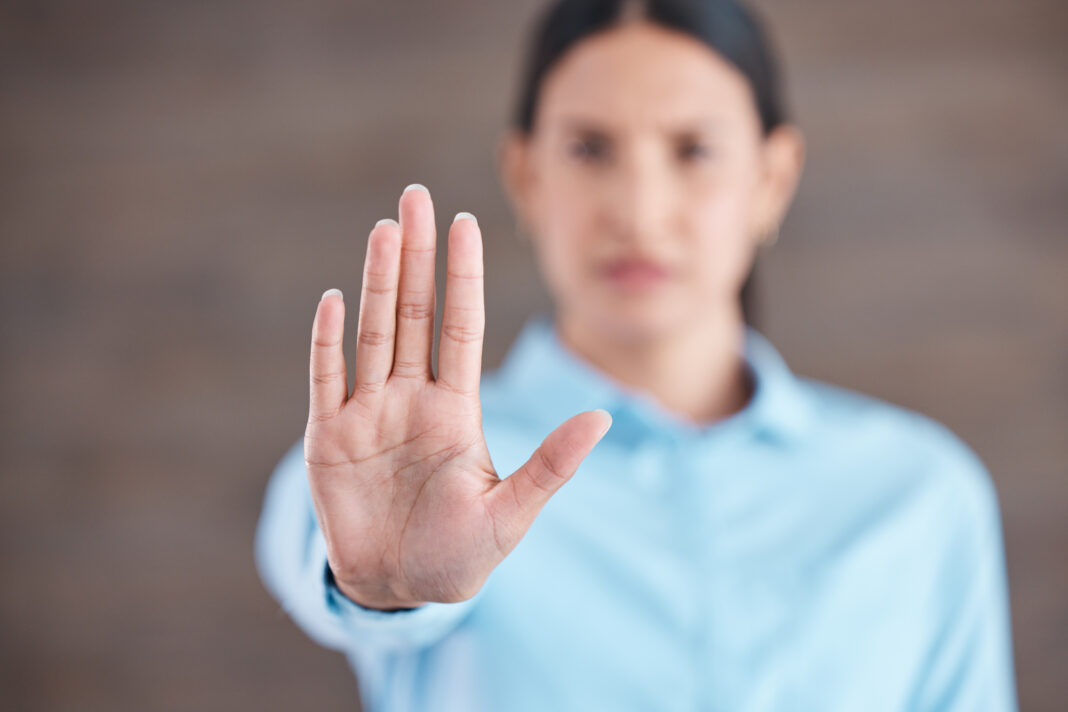T
he United States has been described as a rape-prone culture (Rozee, as cited in Chrisler & Ferguson, 2006). Rape culture is defined as a culture in which gender violence is prevalent and is encouraged by societal attitudes and media outlets that perpetuate myths and excuse sexually violent behavior. Research suggests that approximately 18% of women have been victims of rape or sexual assault at some point (Tjaden & Theonnes, as cited in Needle, 2020). The prevalence of sexual violence may be even higher since victims may be reluctant to disclose their history of rape or sexual assault, and some victims may not consider date rape, acquaintance rape, or marital rape to fall under the scope of sexual assault (Walker, 1994). Many rape victims meet diagnostic criteria for post-traumatic stress disorder (PTSD). When associated diagnoses of trauma (i.e., eating disorders, substance use disorders, affective disorders, dissociative disorders) are considered, the psychological impact of rape becomes even more profound.
Cultural attitudes that endorse rape myths and encourage victim-blaming have been associated with poorer outcomes among victims of rape and sexual assault (Walker, 1994).
Stigmatization, shame, not being believed, and secondary victimization are common examples of cultural attitudes that work to impede the rape victim’s recovery (Shiraldi, 2009). Victims who are shunned and made to believe they are responsible for the traumatic event tend to experience more significant psychological distress than victims in which self-blame is not a factor (Walker, 1994). Numerous cultural stereotypes perpetuate victim-blaming and contribute to the stigmatization of rape victims. The victim’s alcohol consumption, for example, is commonly used as a point to discredit her experience (Needle, 2020). Contrarily, victims who use more physical force to ward off their attacker are viewed as more credible (Needle, 2020).
Furthermore, according to Shaver’s defensive attribution theory, the more dissimilar the victim, the more the victim is blamed (Needle, 2020). As a result, minority women, women who engage in risky behaviors (i.e., promiscuity, excessive drinking), or women of low socioeconomic status may be more susceptible to stigmatization. Myths such as the “Just World Hypothesis” that purport that the world is generally a fair place, so if a woman is raped, she likely deserved it, serve to give the public the illusion of safety and control (Needle, 2020). Unfortunately, these cultural myths are false, harmful, and psychologically damaging to victims (Walker, 1994).
Victims who are not believed and subjected to secondary victimization following rape or sexual assault also face significant impediments during recovery (Shiraldi, 2009). Secondary victimization occurs when individuals whose job is to protect and assist victims end up inflicting further psychological harm (Shiraldi, 2009). Law enforcement, attorneys, and doctors do this when they question the victim’s credibility and fail to take her concerns seriously (Shiraldi, 2009). In the United States, for example, rape kits are routinely left untested, resulting in a profound backlog and, more importantly, no closure or justice for victims. Attitudes of ambivalence regarding rape and sexual assault are prevalent among law enforcement officers. Additionally, police officers and lawyers quickly question the victim’s credibility, motives, and believability, especially if she was intoxicated during the rape. Furthermore, doctors who dismiss, minimize, or discount the victim’s complaints increase her risk of experiencing further psychological distress and complicate her recovery (Shiraldi, 2009).
Rape and sexual assault are undoubtedly some of the worst forms of trauma in terms of psychological distress and prevalence. However, cultural attitudes that serve to blame, stigmatize, and discount the victim significantly contribute to the overall psychological impact of rape (Shiraldi, 2009). Victims who blame external factors rather than themselves are shown to have better recovery outcomes than victims engaging in self-blame (Walker, 1994). Research demonstrates that cultural myths and attitudes reinforce the victim’s tendency to feel responsible for the event (Walker, 1994). As stated, rape myths are false yet widely accepted among the general public.
Consequently, cultural beliefs perpetuate stigma and ultimately harm victims of rape and sexual assault.
The only remedy is to change the narrative that victims are responsible and shift the blame appropriately to perpetrators of sexual assault. This occurs at a societal level when the media ceases to glamorize or otherwise excuse sexual assault. At the individual level, change occurs when people actively reject rape myths, gender stereotypes, and work to correct them daily. It is important that cultural attitudes regarding rape and sexual assault shift so that when rape does tragically occur, the victim is protected from further harm.
References
Chrisler, J. C., & Ferguson, S. (2006). Violence against Women as a Public Health Issue. Annals of the New York Academy of Sciences, 1087(1), 235–249.
Needle, R. (2020, February 12). Sexual Assault & Rape: Theories; Psychological Impact of Acquaintance, Marital, & Stranger Rape; Legal Prosecution; & Rape Crisis Teams. Fort Lauderdale, Florida, United States of America.
Shiraldi, G. R. (2009). Ch.4: Frequently Asked Questions. In G. R. Shiraldi, The Post-Traumatic Stress Disorder Sourcebook: A Guide to Healing, Recovery, and Growth (2nd ed., pp. 38–47). New York: McGraw-Hill.
Walker, L. E. (1994). Rape and Sexual Assault. In L. E. Walker, Abused Women and Survivor Therapy: A Practical Guide for Psychotherapists (pp. 23–53). Washington, D.C.: American Psychological Association.
Author
Sarah Lesser has a Master in Sciences from Albizu University-Miami Campus and is currently pursuing doctoral studies in the Department of Psychology.





























